Do you use a MIDI keyboard for music production?
I use a model called the Keystation 61es by M-AUDIO. This product has a simple, full-sized 61-key keyboard that is very easy to play. On the flip side, however, there are some drawbacks, such as the lack of functionality and the fact that it is too large and takes up a lot of space.
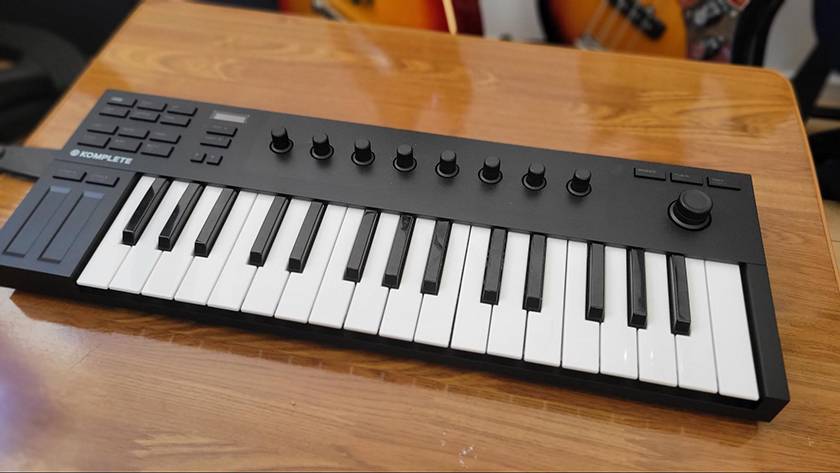
This is why I turned to the KOMPLETE KONTROL M32 MIDI keyboard made by Native Instruments (NI)! Here are the features and recommendations of this product based on actual reviews.
The keyboard I currently use is the Studio One 5.
Native Instruments / KOMPLETE KONTROL M32 MIDI Keyboard
What is a MIDI Keyboard?
In computer music, music is created not only with audio data that’s recorded with a microphone, but also with “sound sources,” which are software that imitates musical instruments. Using sound sources, you can incorporate instruments (such as a grand piano or acoustic drums) into a musical arrangement, even if you do not own or can not actually play them. The MIDI keyboard is what allows you to control the sound source.
A MIDI keyboard is a keyboard-type controller that allows you to input performance information of a musical instrument mainly within a Digital Audio Workstation (DAW). Since it is not a musical instrument, it does not make sound by itself, but it’s basically connected to a DAW.
It can be used with any type of instrument, such as piano, guitar, bass, drums, etc. If you hit the “C” key, a “C” tone (or drum sound) will be played, and if you hit it weakly, a weak tone will go into the computer software.
You can create music without a DAW, but in many cases, it will speed up the process. You do not need to be able to play the keyboard like a pianist. It is possible to input one note at a time with a single finger (step input), and it is also convenient for checking the tone of the sound source.
Features of the M32
After a lengthy intro, I will finally talk about the features of this machine and will focus on three aspects: size and number of keys,functions, and accessories.
1. Size and Number of Keys
The M32 is a 32-key miniature keyboard. Its size is W.475xD.167xH.50(mm). It seems to provide enough space for work even if it is placed on a desk.
Because it is a miniature keyboard, it is difficult to play it as if it were a regular piano. Of course, once you get used to it, you will have no problem playing with it. When you actually touch the keys, you can feel that they have a moderate percussive feel. The keys are neither too hard nor too soft, but it is difficult to play with a strong or soft feel.
Considering that a typical grand piano has 88 keys and a popular synthesizer has 61 keys, it seems difficult to play the full range of keys. It would be sufficient for playing pop melodies, checking chords, synth bass, and key modulations.
This is not suitable as a substitute for an actual piano or keyboard. It is better to think of it as a portable keyboard-style controller.
2. Functions
This product is extremely multifunctional and is loaded with features that are useful for both computer music beginners and those more experienced in production. Many people may find reasons to choose this product.
For example, “Smart Play” lets you play various scales using only the white keys, or play chords with a single finger. This makes it possible to compose music sensitively without having to study difficult music theory.
Other useful features include a control section that allows you to operate DAW functions such as playback, recording, and transport using the keyboard. When you want to record a guitar or song, or concentrate on playing the keys, you can control them with a single touch without having to bother with a mouse. In fact, it has become convenient to operate the DAW while holding a pick.
One point that I was concerned about was the strong clicking of the buttons. I had to put in a little effort to push it in, but some people may see this as an advantage since it prevents pushing accidental buttons.
And, what can I say, the biggest attraction of this product is the Native Kontrol Standard (NKS) compatibility! This function allows you to use the keyboard knobs to control sound sources and effects without prior settings.
If your sound source does not support NKS, you will not be able to assign parameters to the knobs and operate them like you can with a normal MIDI controller.
Note that “KOMPLETE KONTROL Software” is required to use NKS, which can be downloaded free of charge.
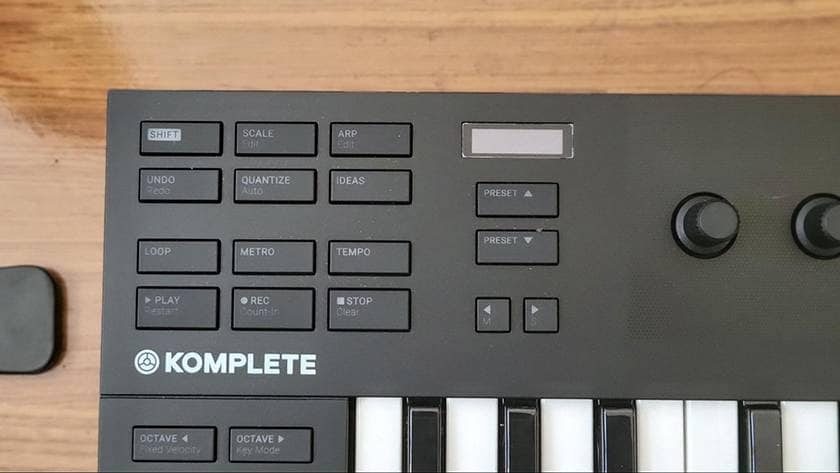
3. Accessories
The M32 comes with a USB cable for connecting to a computer. This is convenient because you don't have to go out of your way to buy an additional cable.
What is even more exciting is that it comes with a set of software (+Ableton LIVE lite) that has been carefully selected from NI's many products! The software includes piano, bass, drums, and other sound sources and effects necessary for music production, so you can start DTM right away with just this one product.
By the way, NI is famous for developing KOMPLETE, a comprehensive package that is considered the industry standard, but it’s quite expensive. KOMPLETE STANDARD, which includes the standard sampler KONTAKT, costs about 80,000 yen!
However, M32 users can purchase KOMPLETE at a reasonable upgraded price! You may think of it as if you buy KOMPLETE and a keyboard is included with it. If you are considering purchasing KOMPLETE, getting the M32 is a pretty darn good deal.
Summary
Finally, let’s summarize my recommendations for KOMPLETE KONTROL M32.
- Compact and multifunctional
- Luxurious accessories
- And KOMPLETE at a great price!
If you find the above points attractive, I highly recommend this product. You can get it and use it for your music production! Thank you for reading.
The “sound & person” column is made up of contributions from you.
For details about contributing, click here.





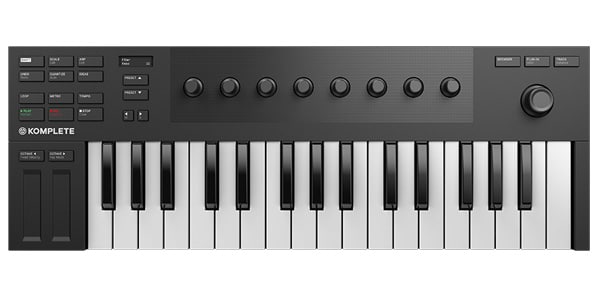







![[2023] Top Recommended Popular MIDI Keyboards](/contents/uploads/thumbs/2/2022/6/20220608_2_18195_1.jpg)
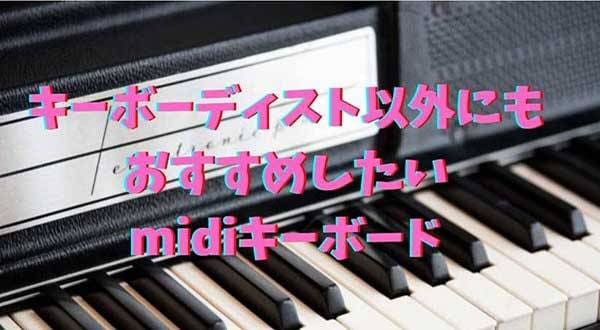


![[Recommended Free Software Sound Source/Plug-In Effect] Is it really free!? Native Instruments KOMPLETE START](/contents/uploads/thumbs/2/2021/6/20210630_2_13261_1.jpg)

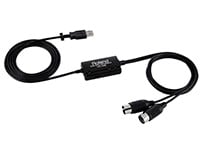 USB接続MIDIインターフェイス
USB接続MIDIインターフェイス
 USB接続対応のMIDIキーボード
USB接続対応のMIDIキーボード
 DTMに必要な機材
DTMに必要な機材
 キーボードスタートガイド
キーボードスタートガイド
 キーボード・ピアノ講座
キーボード・ピアノ講座
 DTM・DAW購入ガイド
DTM・DAW購入ガイド















